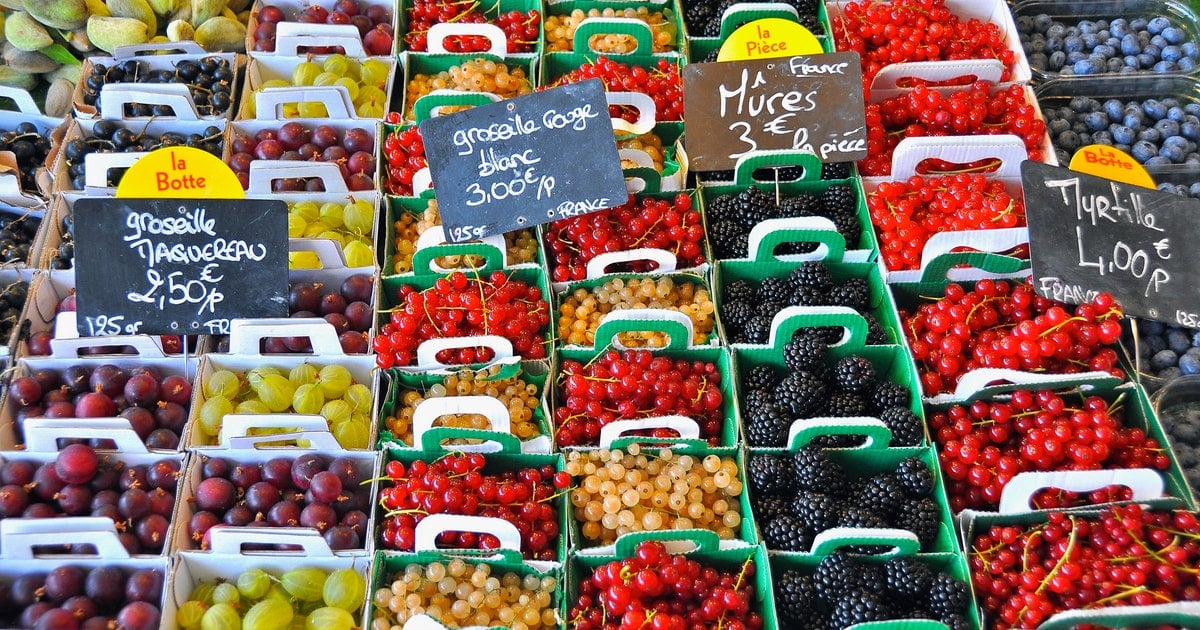Application of Spectral Techniques in Agricultural Products and Food Analysis
A special issue of Applied Sciences (ISSN 2076-3417). This special issue belongs to the section "Food Science and Technology".
Deadline for manuscript submissions: closed (20 June 2023) | Viewed by 1606

Special Issue Editors
Interests: Raman spectroscopy; FTIR; ATR/FTIR; agricultural products; foods
Special Issues, Collections and Topics in MDPI journals
Interests: FTIR; NIR; agricultural product quality; food matrice characterization
Special Issues, Collections and Topics in MDPI journals
Interests: NIR; Raman; MIR; food; feed; chemometrics; fraud; contaminant; quality; sampling
Special Issue Information
Dear Colleagues,
We are inviting submissions to a Special Issue on the application of spectral techniques in agricultural products and food analysis.
Spectroscopic techniques are rapid, non-destructive and environmentally friendly analysis techniques for agricultural production, products that are being processed and finished products for food and non-food uses. They make it possible to estimate different characteristics that determine the quality of these products, such as their overall chemical and nutritional composition. Similarly, they can find applications in the authentication of products such as orange juice, dairy products, and meat as well as in the detection of contaminants (animal meal, impurities, etc.) and in the traceability of meat. We have chosen to limit the spectral techniques to Raman spectroscopy, SERS (Surface-Enhancing Raman Scattering), NIR, MIR, and Fluorescence spectroscopy. The complexity of the spectra obtained from the types of products studied can lead to the use powerful chemometric tools. Chemometrics, which uses mathematical and computer methods to visualize, extract and process the information contained in Infrared, Raman and Fluorescence spectra, has demonstrated a great ability to provide powerful models to classify and predict product quality parameters. This Special Issue is an opportunity to present chemometric classification and prediction models that are based on the coupling of spectral techniques with chemometric tools.
Dr. Serge Bresson
Dr. Thierry Aussenac
Dr. Vincent Baeten
Guest Editors
Manuscript Submission Information
Manuscripts should be submitted online at www.mdpi.com by registering and logging in to this website. Once you are registered, click here to go to the submission form. Manuscripts can be submitted until the deadline. All submissions that pass pre-check are peer-reviewed. Accepted papers will be published continuously in the journal (as soon as accepted) and will be listed together on the special issue website. Research articles, review articles as well as short communications are invited. For planned papers, a title and short abstract (about 100 words) can be sent to the Editorial Office for announcement on this website.
Submitted manuscripts should not have been published previously, nor be under consideration for publication elsewhere (except conference proceedings papers). All manuscripts are thoroughly refereed through a single-blind peer-review process. A guide for authors and other relevant information for submission of manuscripts is available on the Instructions for Authors page. Applied Sciences is an international peer-reviewed open access semimonthly journal published by MDPI.
Please visit the Instructions for Authors page before submitting a manuscript. The Article Processing Charge (APC) for publication in this open access journal is 2400 CHF (Swiss Francs). Submitted papers should be well formatted and use good English. Authors may use MDPI's English editing service prior to publication or during author revisions.
Keywords
- Raman spectroscopy
- SERS
- NIR
- MIR
- Fluorescence spectroscopy
- chemometrics
- dairy products
- meat products
- cereal products
- fruit juices







